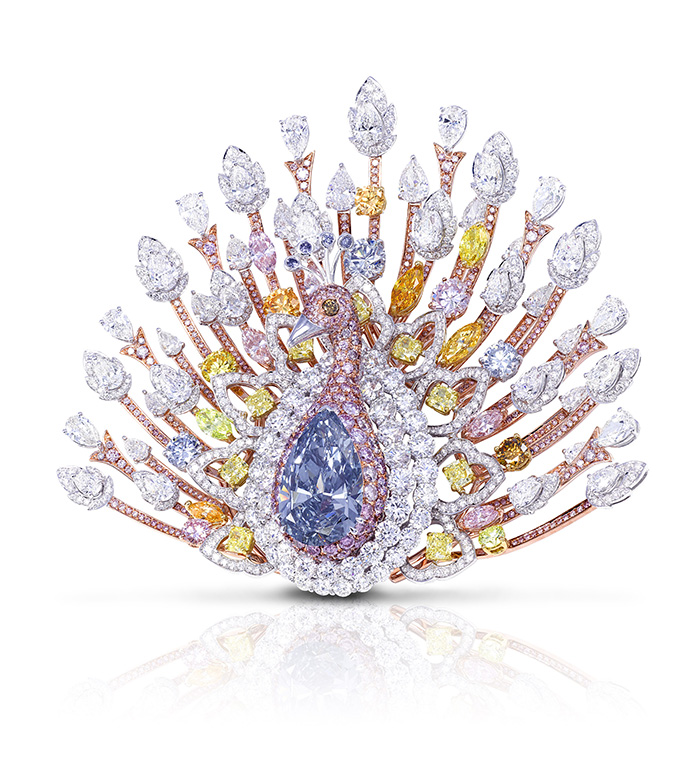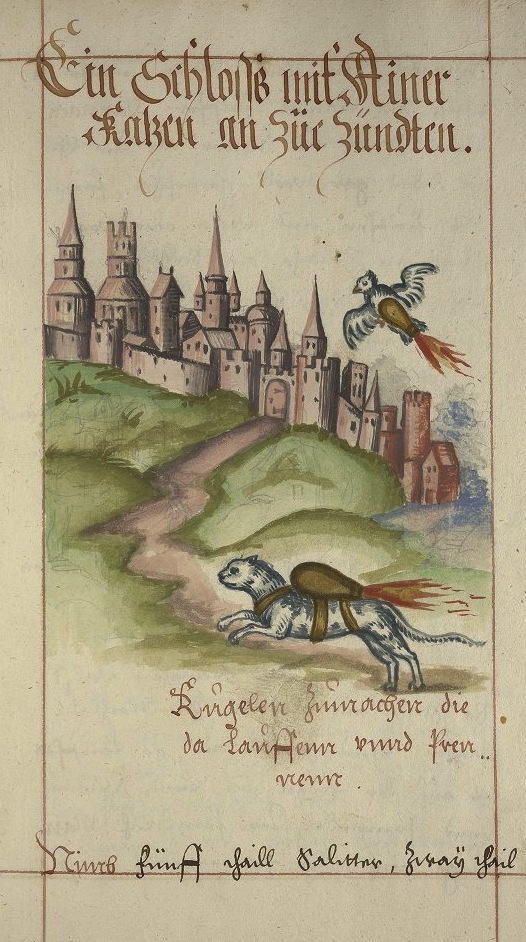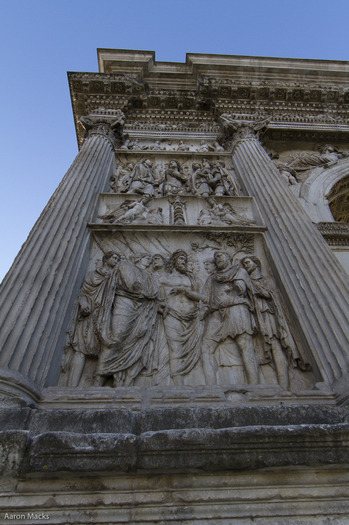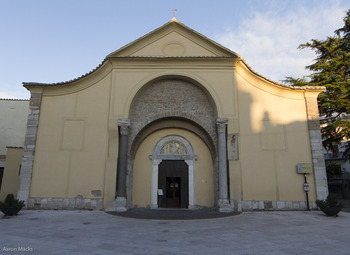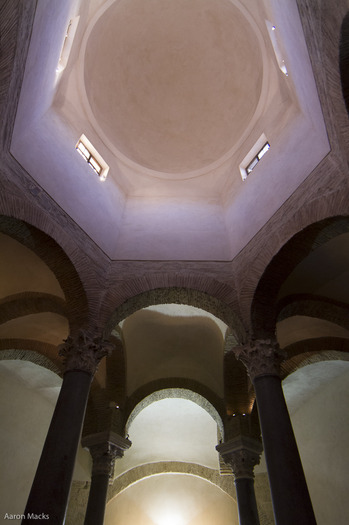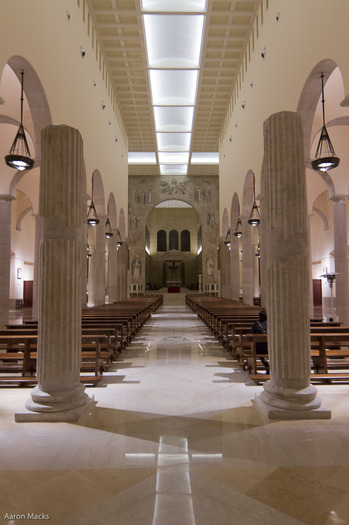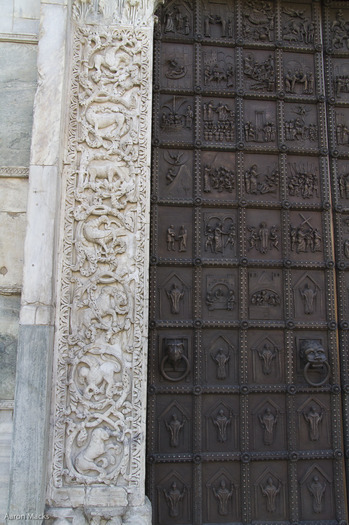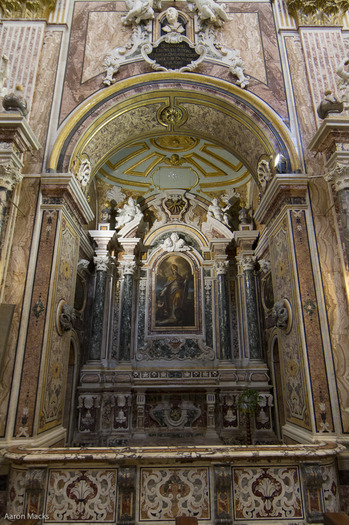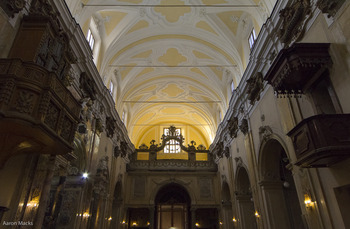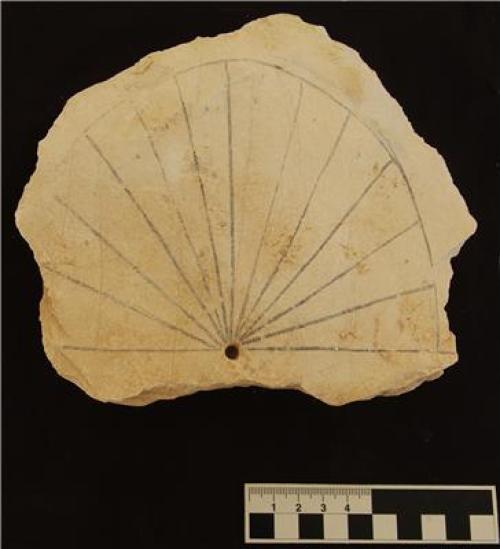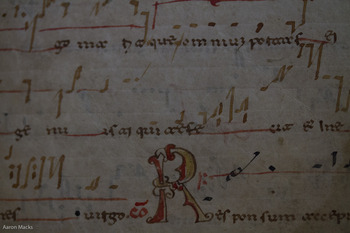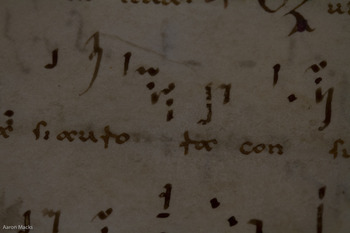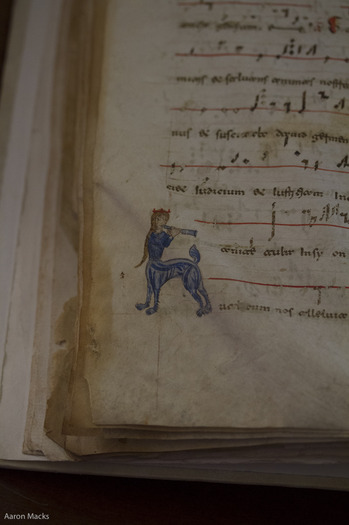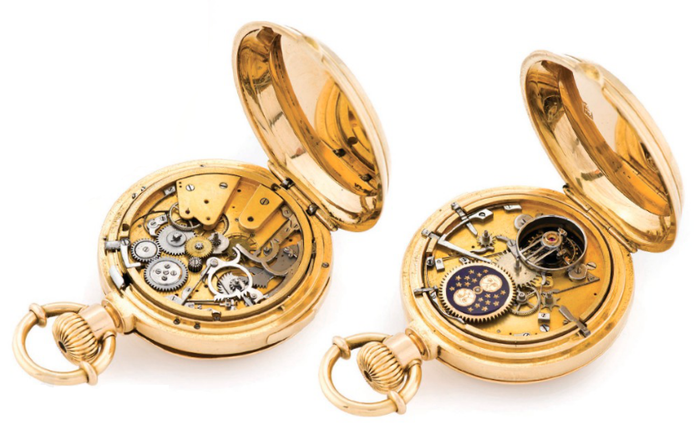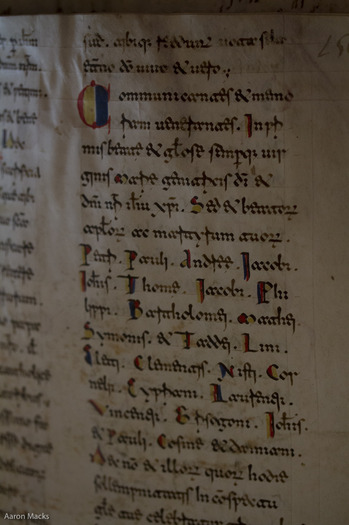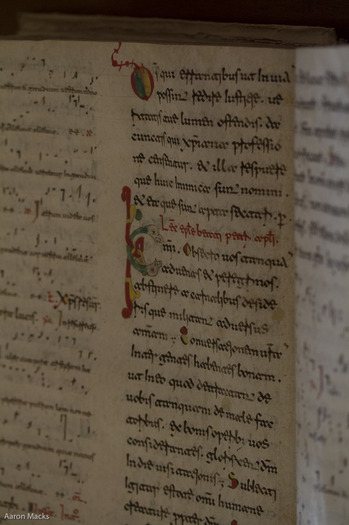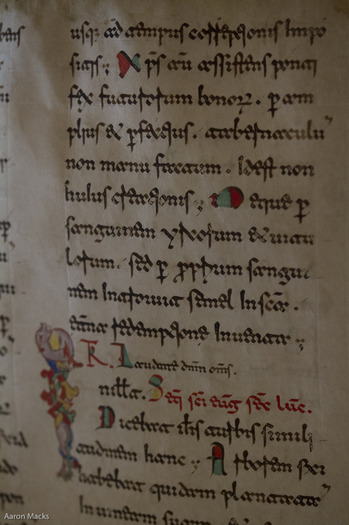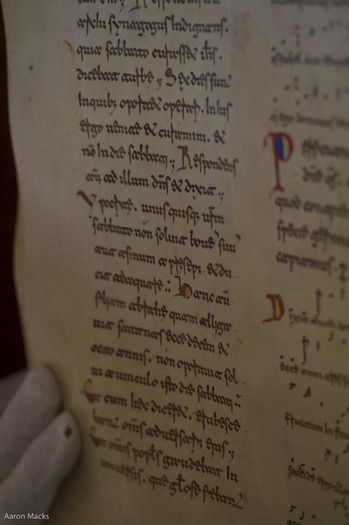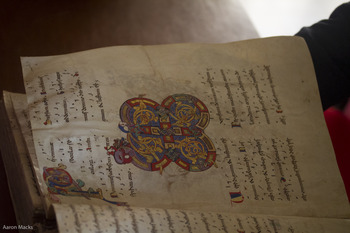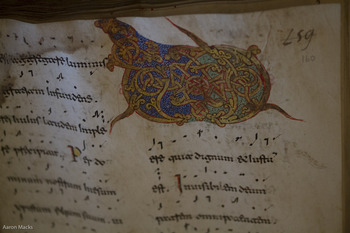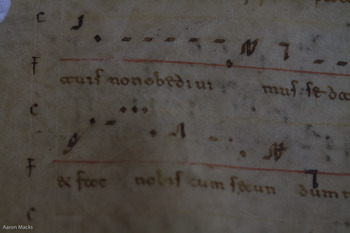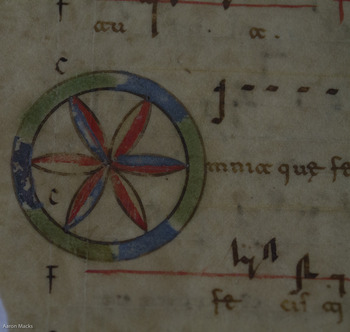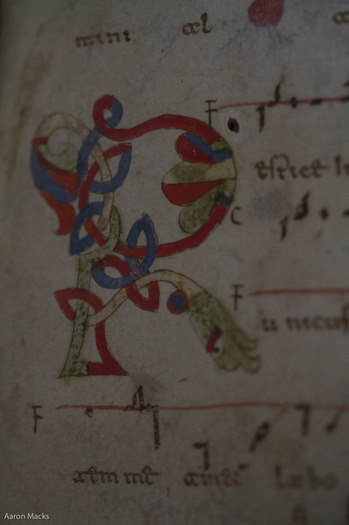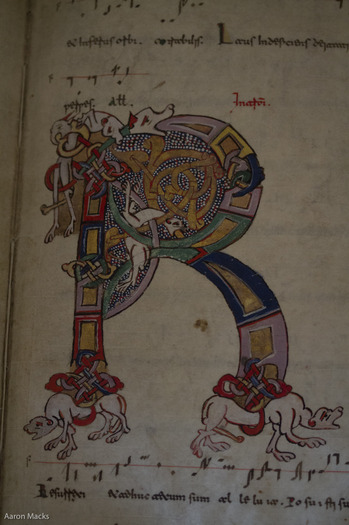Martin Braun was one of the several eponymous watchmakers who got absorbed into large conglomerates in the eearly 2000s, and then regretted it, Daniel Roth is one of the others. Like Roth, who went off to sell watches under the Jean Daniel Nicholas name, Martin Braun has come back to the industry as Antoine Martin after his brand was absorbed by Franck Muller. At Baselworld this year the new brand has released an interesting new movement, and a watch for it, the Slow Runner. In a massive block of a case, 46mm in diameter and probably nearly 20mm thick is a ultra-slow-beat movement, running at 7200bph, or 1Hz, which means the second hand jumps in 1/2 second increments. To keep accurate time at that slow a rate they have a 24mm balance, and some carefully engineered shock protectors to keep it intact. This is actually not a new concept, a watchmaker of the 18th C. named Jean-Moïse Pouzait, was famous for watches of a similar design, running half as fast, to provide a dead-beat second hand.
| AM 36.001 Caliber | Caliber in Slow Runner watch, caseback |
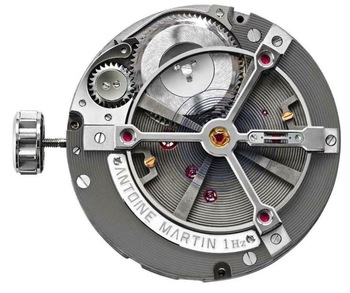 | 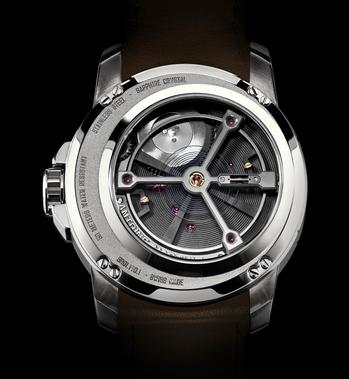 |
| Gold watch, dial | Steel watch, Dial and caseback |
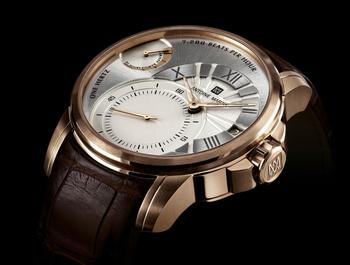 | 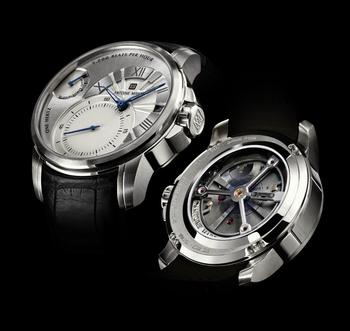 |
Movement
Caliber: Antoine Martin 36.001
Jewels: 23
Frequency: 7,200 vph (1 Hertz)
Balance: 24mm diameter, silicon escapement, free-sprung
Power Reserve: 92 hours.
Adjusted: 5 positions.
Dimensions: 36mm x 8.6mm.
Case: 46mm, Stainless Steel or 18kt Gold.
Crystal: AR Sapphire
MSRP: 19,500(steel) to 34,500(Gold) Swiss Francs.
(source)
A





